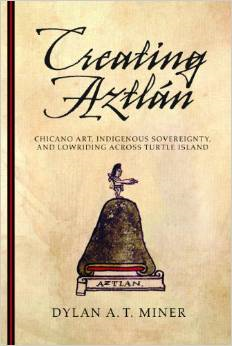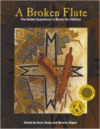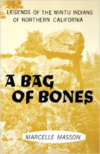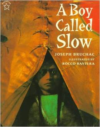Description
In lowriding culture| the ride is many things–both physical and intellectual. Embraced by both Xicano and other Indigenous youth| lowriding takes something very ordinary–a car or bike–and transforms it and claims it.
Using the idea that lowriding is an Indigenous way of being in the world| artist and historian Dylan A. T. Miner discusses the multiple roles that Aztlan has played at various moments in time| from the pre-Cuauhtemoc codices through both Spanish and American colonial regimes| past the Chicano Movement and into the present day. Across this “migration story|” Miner challenges notions of mestizaje and asserts Aztlan| as visualized by Xicano artists| as a form of Indigenous sovereignty.
Throughout this book| Miner employs Indigenous and Native American methodologies to show that Chicano art needs to be understood in the context of Indigenous history| anticolonial struggle| and Native American studies. Miner pays particular attention to art outside the U.S. Southwest and includes discussions of work by Nora Chapa Mendoza| Gilbert “Magu” Lujan| Santa Barraza| Malaquias Montoya| Carlos Cortez Koyokuikatl| Favianna Rodriguez| and Dignidad Rebelde| which includes Melanie Cervantes and Jesus Barraza.
With sixteen pages of color images| this book will be crucial to those interested in art history| anthropology| philosophy| and Chicano and Native American studies. Creating Aztlan interrogates the historic and important role that Aztlan plays in Chicano and Indigenous art and culture.






Reviews
There are no reviews yet.